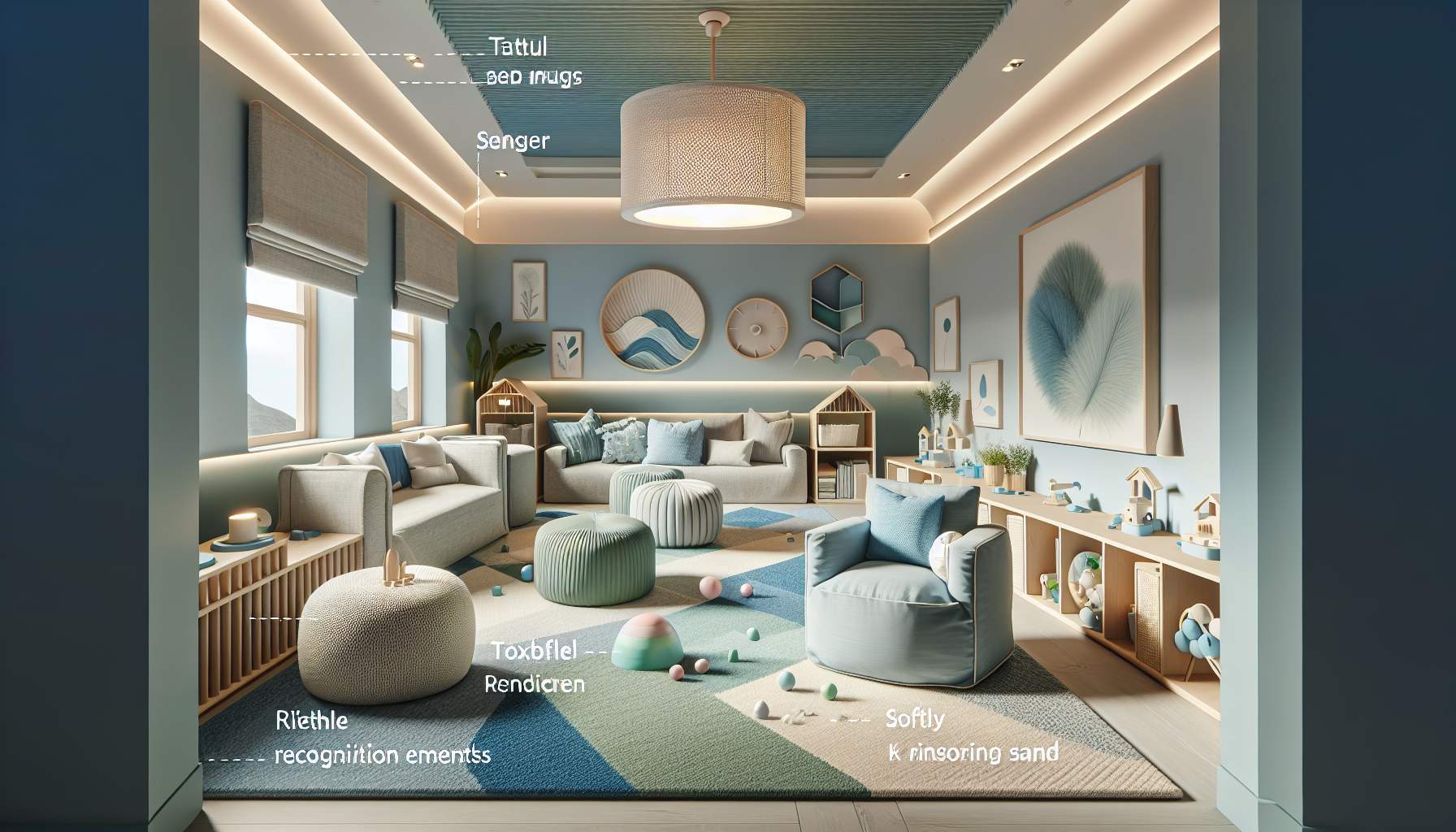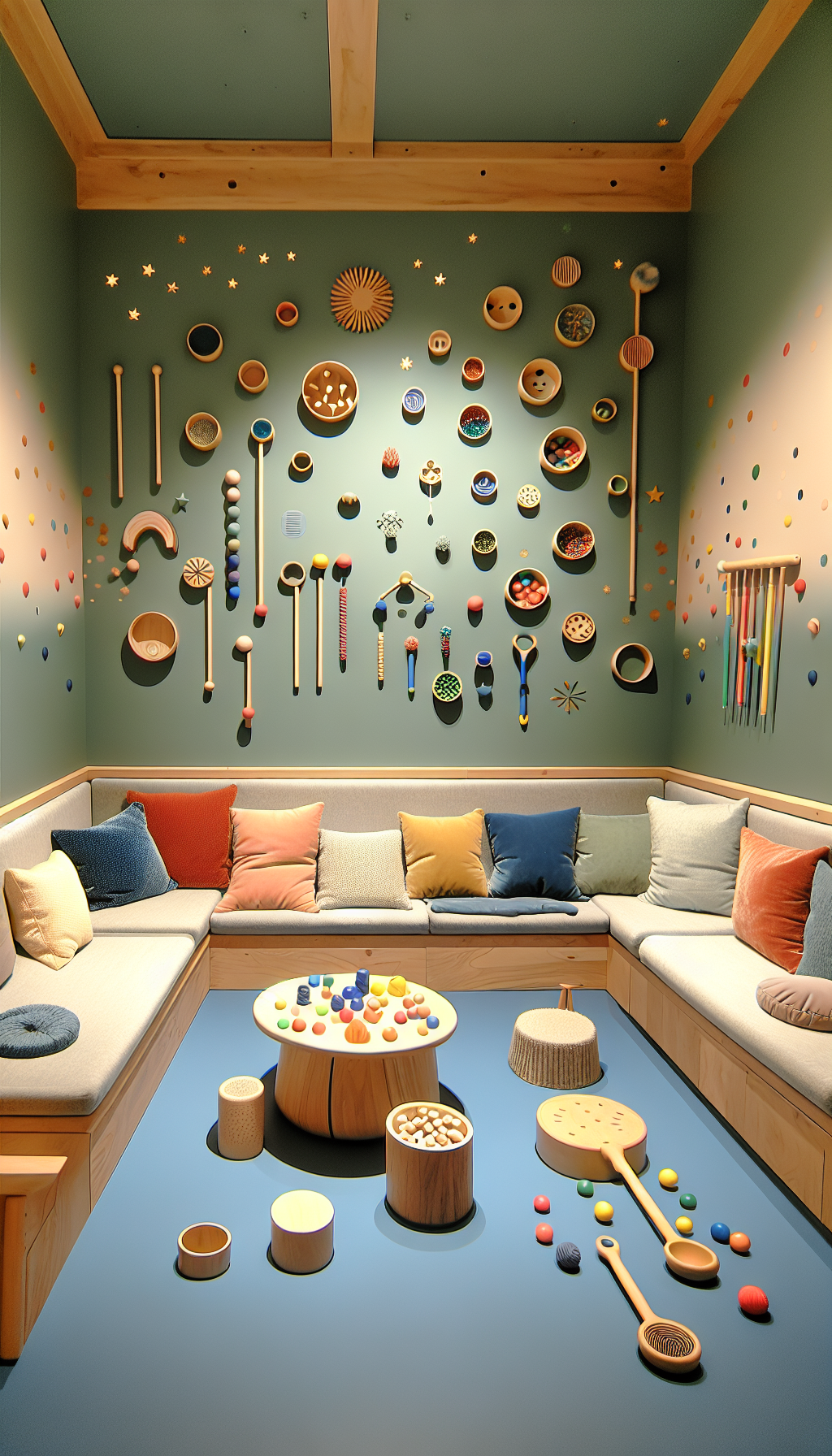Creating an environment that caters to the unique sensory needs of individuals with Autism Spectrum Disorder (ASD) is crucial for their well-being and development. Sensory-friendly environments are designed to minimize stress and sensory overload, which are common issues for many on the spectrum. These spaces provide a sanctuary from the overstimulating outside world, allowing individuals with ASD to relax, focus, and engage more comfortably in daily activities.
Understanding Sensory Processing in Autism
Before delving into the specifics of sensory-friendly environments, it’s important to understand the role of sensory health in individuals with autism. Sensory processing refers to the way the nervous system receives messages from the senses and turns them into appropriate motor and behavioral responses. For those with ASD, sensory processing can work differently, leading to challenges like hypersensitivity (over-responsiveness) or hyposensitivity (under-responsiveness) to sensory stimuli.
Designing Sensory-Friendly Spaces
When designing a sensory-friendly environment, several factors should be considered to ensure that the space meets the needs of those with ASD effectively:
1. Lighting
Harsh lighting can be particularly discomforting for individuals with hypersensitivity. Instead, opt for natural light or soft artificial lighting that mimics daylight. Dimmer switches can also provide flexibility, allowing the user to adjust the lighting to their comfort level.
2. Color Scheme
Colors can have a significant impact on mood and behavior. Choosing calming colors such as blues, greens, or earth tones can create a serene atmosphere. It’s also helpful to use a consistent color palette throughout the space to avoid visual overstimulation.
3. Acoustics
Soundproofing or using sound-absorbing materials can minimize external noise that could be disturbing. Additionally, providing access to soothing background sounds or white noise can help mask disruptive or sudden noises.
4. Furniture and Layout
Furniture should be arranged to support both individual activities and social interaction, depending on the person’s needs. Soft furnishings and smooth, rounded edges can enhance safety and comfort. Incorporating elements like bean bags or swing chairs can also provide sensory input that is calming for many individuals with ASD.
5. Sensory Equipment
Including sensory equipment such as weighted blankets, tactile toys, or fidget tools can offer additional support. These items can be particularly useful in helping individuals self-regulate when they are feeling overwhelmed.
Benefits of Sensory-Friendly Environments
Creating a tailored environment not only supports sensory needs but also promotes overall well-being. Benefits include:
- Reduced Anxiety: Sensory-friendly spaces can help alleviate anxiety by providing a predictable and controlled environment.
- Improved Focus: When sensory distractions are minimized, individuals can concentrate better on tasks or social interactions.
- Enhanced Learning: A comfortable sensory environment supports cognitive development and can make educational activities more accessible.
- Increased Independence: By catering to individual sensory preferences, these environments can empower those with ASD to engage in activities with less assistance.
Practical Applications and Real-World Examples
Sensory-friendly environments can be implemented in various settings, from homes to public spaces. For instance, Creating Sensory Smart Public Spaces provides insights into how these principles are being applied in community areas to make them more inclusive.
Moreover, schools have begun integrating Sensory Processing in Special Education Curriculum, recognizing the importance of sensory-friendly learning spaces for students with ASD.
Sensory-Friendly Environments and Overall Wellness
It’s important to note that sensory health is not isolated from other aspects of well-being. For example, The Importance of Sensory Health in Overall Wellness highlights the interconnectedness of sensory experiences and general health.
Additional Resources
For those looking to explore this topic in more depth, here are some niche resources that provide further information and support:
- The STAR Institute offers resources for understanding and treatment of sensory processing disorder, including guidelines for creating sensory-friendly spaces.
- Autism Speaks provides a comprehensive toolkit with tips for creating accommodations in various settings to support individuals with autism.
- The National Autistic Society gives advice on how to adapt the environment for autistic people, emphasizing practical changes that can make a significant difference.
Conclusion
Sensory-friendly environments play a pivotal role in improving the quality of life for individuals with Autism Spectrum Disorder. By understanding and addressing the unique sensory needs of individuals with ASD, we can create spaces that not only mitigate sensory challenges but also promote a sense of security, focus, and independence.
Incorporating sensory-friendly designs into homes, schools, and public spaces not only benefits those with ASD but also contributes to a more inclusive society that recognizes and respects neurodiversity.



